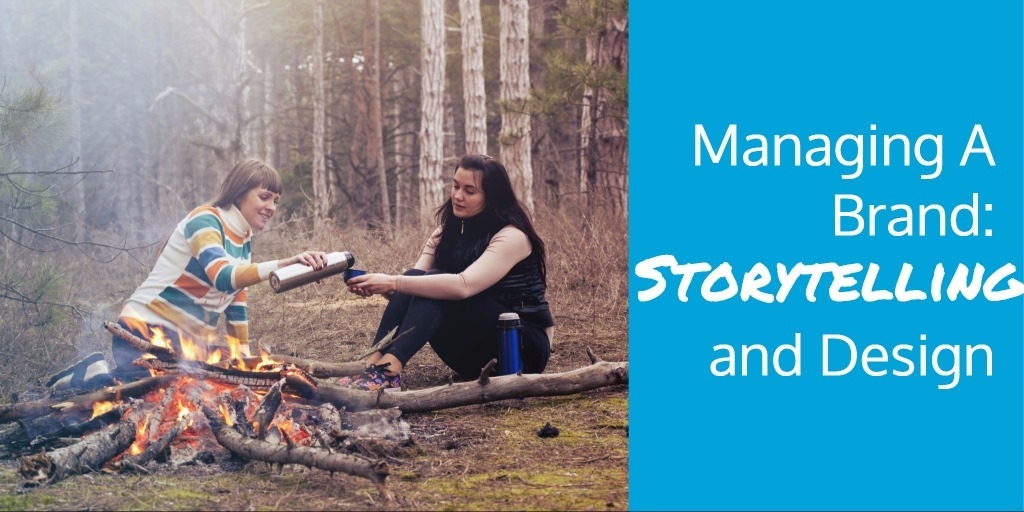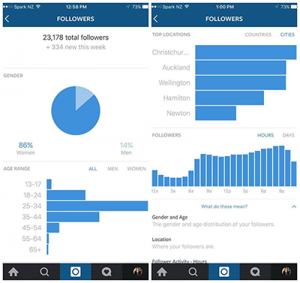Some product team managers get involved with work on the ground level, micromanaging their team members. This article will advocate for a broader approach, allowing team members to explore their own ideas and worry over the details while the manager determines the overall direction of the narratives for products, brands, and users.
To begin with, the real key to successful product design, process, and launch is the oldest form of human artistry: storytelling. Product management is like outlining the overall narrative structure of a story. You’re building the brand message around a user need, in order to allow designers and developers fill in the details, dialogue, and drama required for a truly thrilling tale.
Your job is to set the tone of the project, build the ideas upon which everything else is structured, and then address any ongoing needs for your team throughout the sprint. Now how does this breakdown? What steps do you need to take in order to be successful?
You must provide a clear vision of what’s required for the product to work. You must also have a firm grasp of the personality traits you want the brand to embody. In other words, you’ve got to know the company and you have to know the client. Then you’ve got to combine and balance these needs so they can be translated coherently to your team, and by proxy to the product itself.
That means you can separate your priorities as product manager into three distinct groups:
1. User needs
2. Brand persona
3. Product team needs
Let’s go over each item in a little more detail.
Determining User Needs
User needs is simple. You catch this with UX research i.e. surveys, interviews, analytics, etc. All of the usual tools in your kit will help you get a good idea of what’s required from the user. This will go even better for you if you have UX pros on your team as well. Or perhaps the info will come to you from above. Either way, what’s important is you know what the user wants and can communicate that to your team.
Too often, companies are building products that meet zero consumer needs. Or worse, adjusting something that works perfectly just to “keep it fresh.” Engaging in thoughtful, comprehensive UX research and testing can ensure that the story you’re telling is interesting to users so that it satisfies that all important delight metric that sets the good products apart from the great ones.
Building A Brand Persona
The next item to discuss is brand persona, which should be an equivalently easy topic. Brand persona is the sum total of your interactions with your customers/clients. This should be the product manager’s bread and butter. It’s their job to determine the overall direction of a product, and that should always be closely tied to a brand’s personality. After all, the product is a direct representation of the brand. So interactions with said product should fit seamlessly into the greater brand narrative. Otherwise, it’d be like reading a single chapter in a book that was written by a different author than the rest of the story.
Thus, consistency is key. Brand messaging, color, design, typography and tone should always be the same or similar. You’ve got to make an impression in the user’s mind and then maintain it. Oftentimes, it can be very helpful to align a brand with a Jungian archetype in order to keep your identity constant. Jungian archetypes can be any of the following:
- Creator- Inventive and creative. Brands that want to build products of lasting value. Examples include Apple, Lego and Sony.
- Innocent- Happy and carefree. Brands that are lighthearted and fanciful. Examples include Nintendo, Coca-Cola and Dove soap.
- Sage- Knowledgeable and trustworthy. These are brands that seek to know and distribute the truth based on research and rationality. Examples include Smithsonian, Rosetta Stone and CNN.
- Explorer- Free and adventurous. These are brands which set out on journeys of discovery, looking for adventure and new experiences. Examples include National Geographic, Jeep and Corona.
- Outlaw- Revolutionary and disruptive. Brands that seek to overturn the old and stale practices of the past in favor of more modern and effective methods. Examples include Harley Davidson and Virgin.
- Magician- Visionary and charismatic. Brands which appear to achieve the impossible and make it look easy. Disney, Dyson and Axe body spray.
- Hero- Strong and courageous. These are brands that seek to improve the world through a brave willingness to face down anything. Examples include Nike and FedEx.
- Lover- Intimate and caring. These brands are all about closeness and passion, they seek to appeal to emotions and aesthetics. Examples include Victoria’s Secret, Chanel and Godiva Chocolate.
- Jester- Amusing and jovial. Brands that seek to lighten the mood with humor and fun. Examples include Bud Light, M&Ms and Old Spice.
- Everyman- Regular and relatable. These are brands which try to fit in with the needs of average people. Examples include Kit Kat, Wendy’s and Home Depot.
- Caregiver- Helpful and nurturing. These brands revel in selflessness, they aim to serve and take pride in the level of care they give to their customers. Examples include Johnson’s Baby Shampoo.
- Ruler- Powerful and authoritarian. These are brands that like being on top. Industry leaders that have earned their spot at the top of the mountain and enjoy a great deal of prosperity and brand loyalty. Examples include IBM and Microsoft
Regardless of how you want to align your company’s personality traits, it’s important above all to have a clear idea of who your company is and how it wants to be perceived.
Know Your Roll… Then Be Flexible
Finally, comes the real challenge and the purpose of this article, the need for, and interactions required to, make a product team successful. Firstly, it’s important to understand designers need creative freedom. Likewise, developers have a requisite level of flexibility to be at their most productive.
In most cases, micromanaging a free spirit (and sometimes even a not so free one) only leads to stressed nerves on both ends. Tech professionals are a widely mixed bag, but in general, you can expect them to work best when given the opportunity to stretch their legs creatively speaking. That means, once again, leaving the details to them.
In practice that means you have to be dead on with the “why” part of your products. Why is this product being made? Who is it for? What is it good for?
That also means neglecting the how… at least at first.
This goes back to micromanaging. Your thoughts on design and function are valuable, but the whole process will work better, faster and stronger if you leave the initial designs up to the specialists. You concentrate on the big picture, while they iterate the details. Once your iterations are set, then you can go back and make specific tweaks.
With one major caveat: You have to be willing to listen to critical feedback on any of your notes on said tweaks. As you’ve surely heard before, the agile process is collaborative. Giving initial direction and letting people do their jobs is an important and independent first step, but once you’re past that initial phase, the collaboration really begins. You’ve got to be willing to go back and forth with your team members, and trust what they have to say about your ideas.
Do that, and you can be assured that they’ll trust the feedback you give them in return. This really falls under the “soft skills” label, but it’s important to make your team members feel valued. If you acknowledge mistakes and thank them for pointing these out, then you’ll gain respect. And as an added bonus, they’ll be more apt to take your criticisms seriously when you have cause to give them.
Follow these guidelines and your product/story will come together in perfect literary harmony. Any questions, comments, or concerns about the difference between vision and execution? Sound off in the comment section.
* Adapted lead image: Public Domain, pixabay.com via getstencil.com
The post Managing A Brand: Storytelling and Design appeared first on Search Engine People Blog.
(94)









